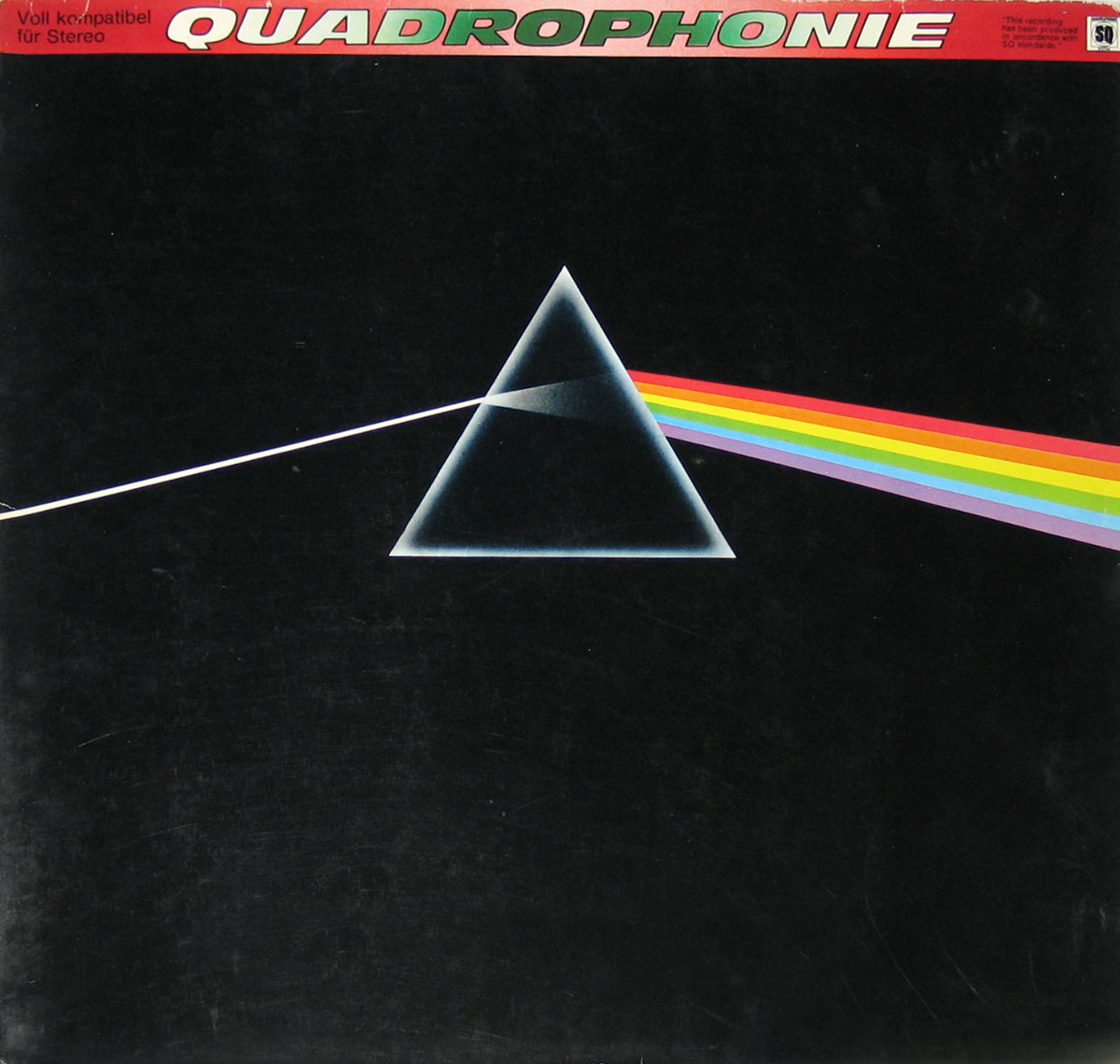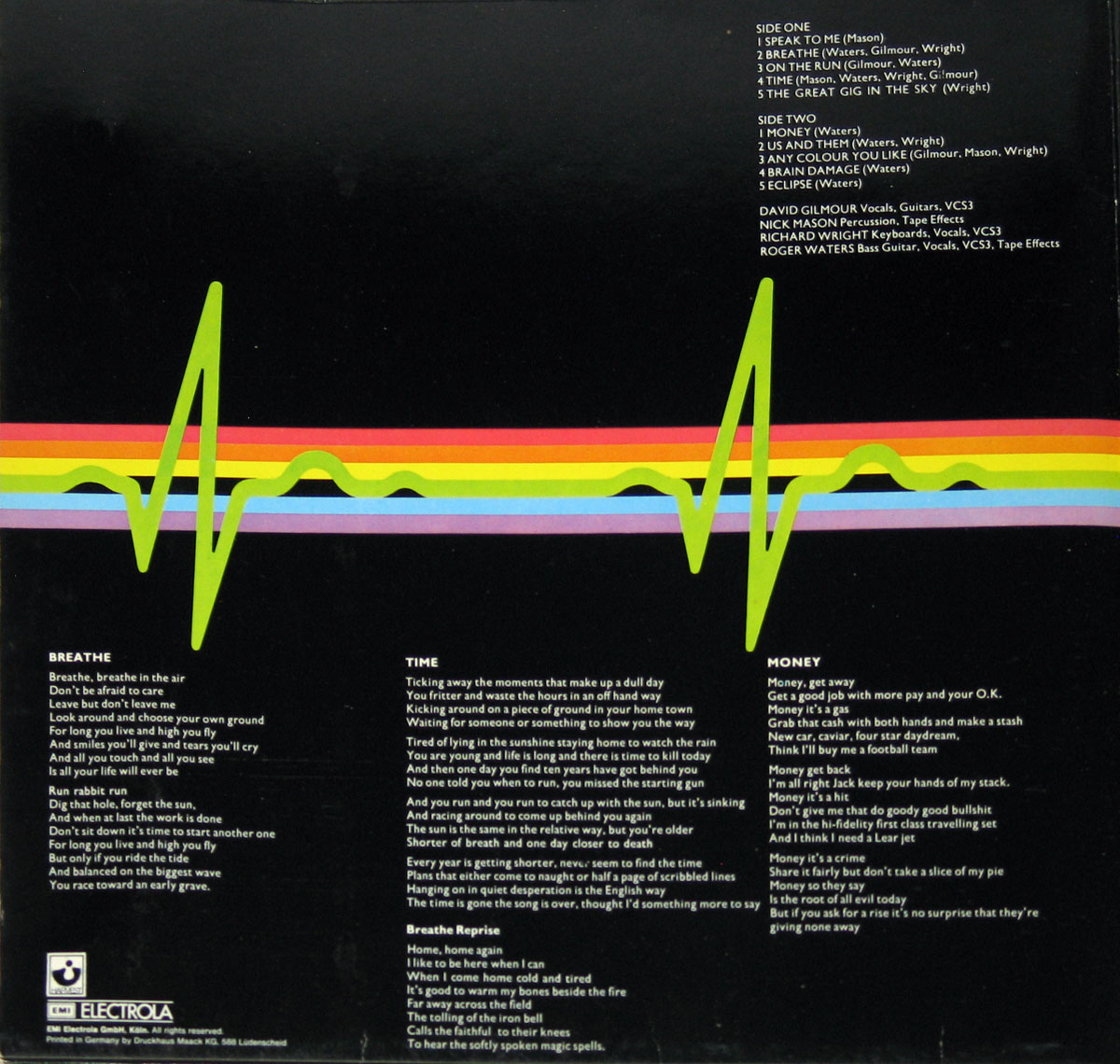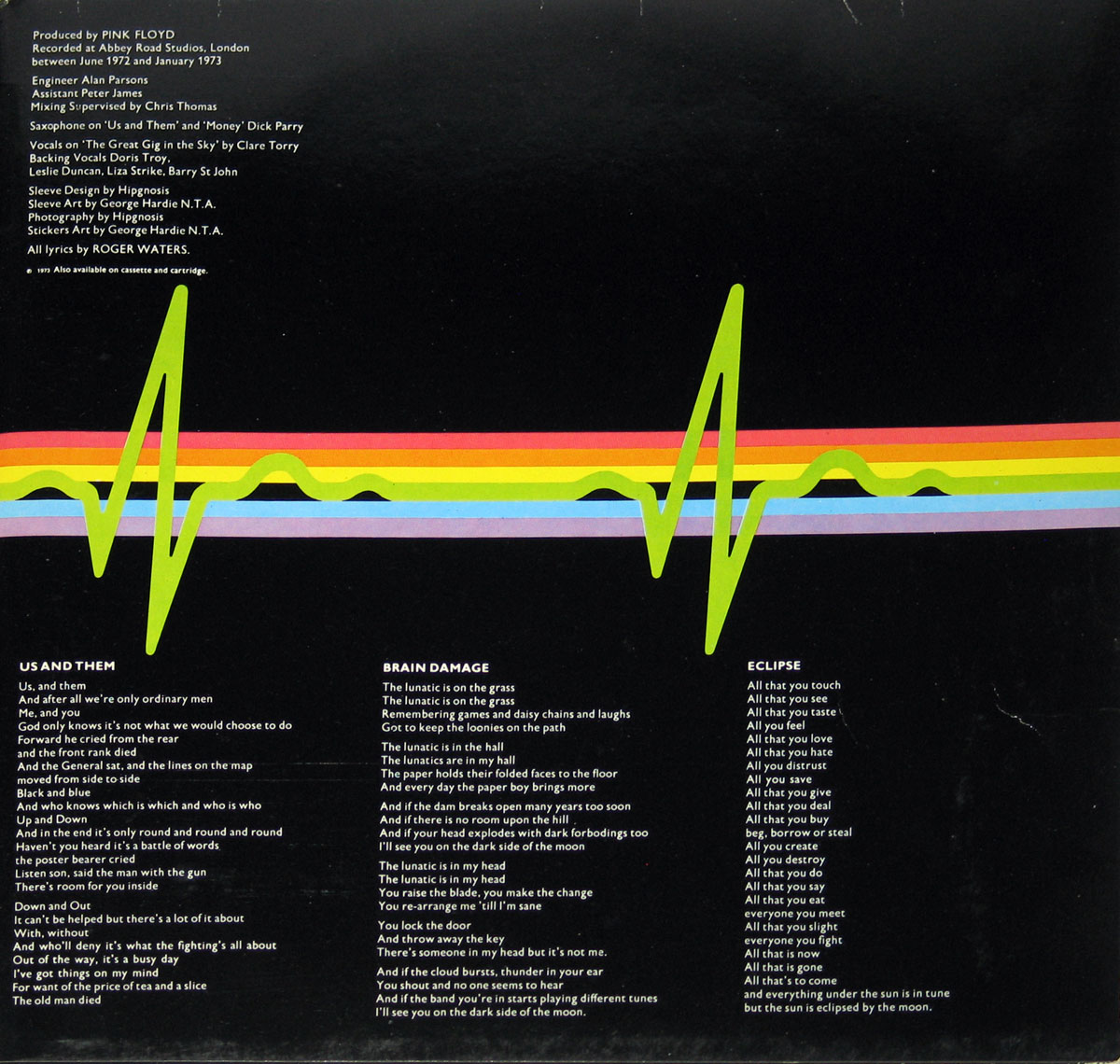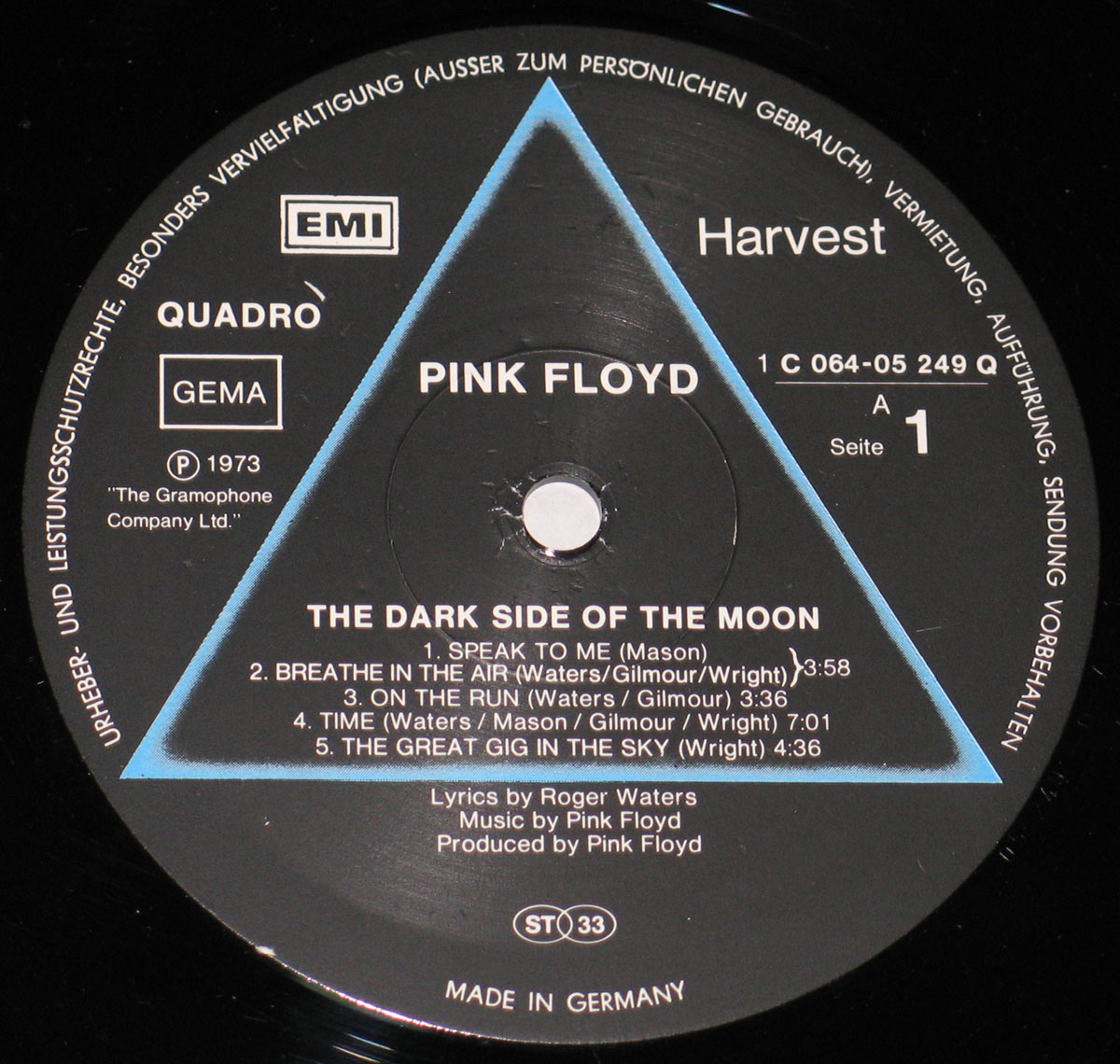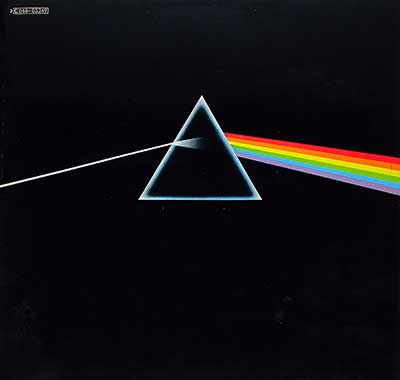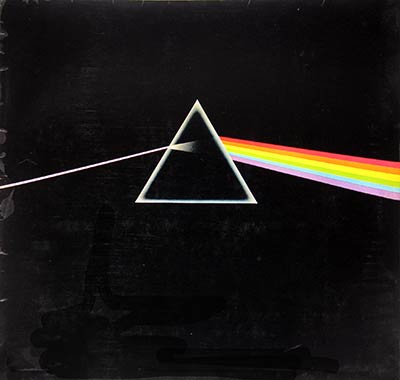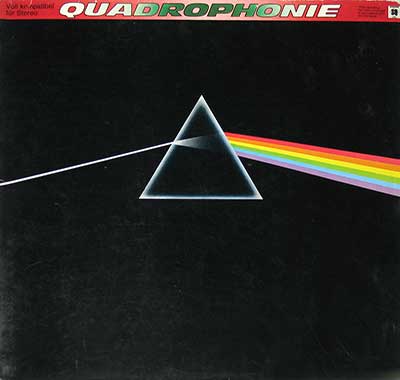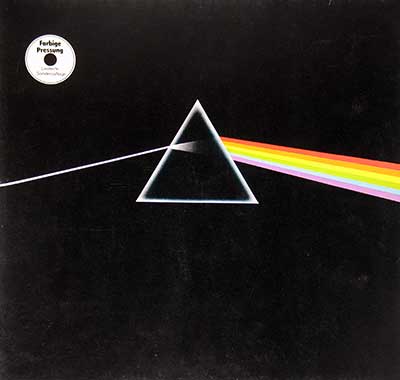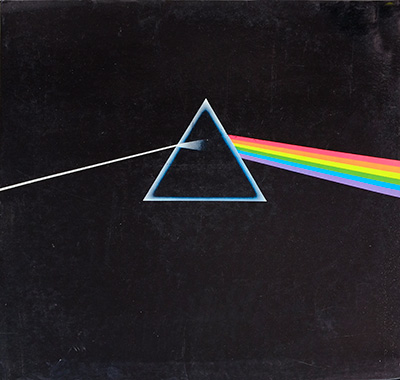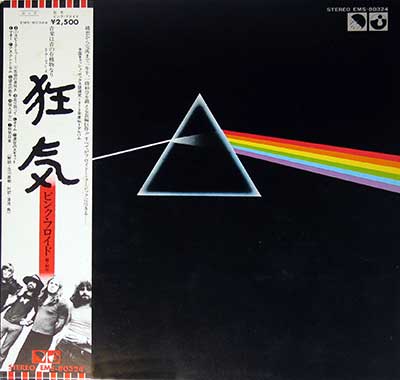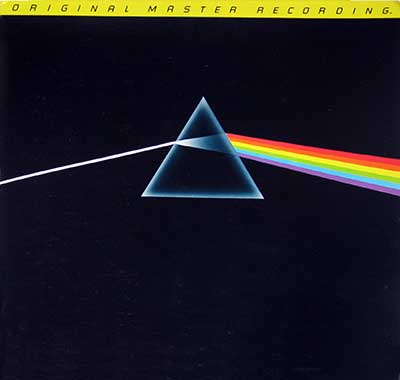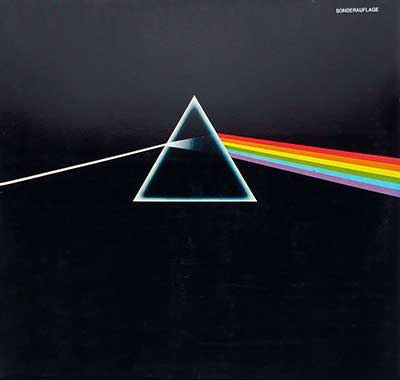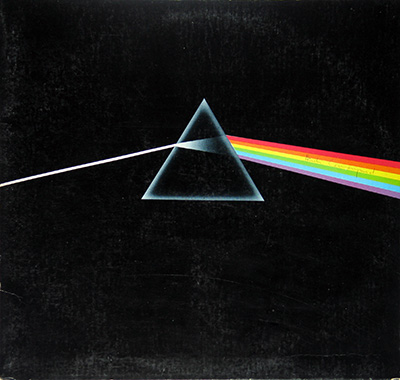PINK FLOYD - THE DARK SIDE OF THE MOON QUADRO QUADRAPHONIC 12" Vinyl LP Album
This is the Quadraphonie release of "The Dark Side Of The Moon" by the English Prog Rock band "PINK FLOYD" it was released in 1973 on the label "EMI 1C 062-05 249 Q Quadrophonie". This web-page has hi-res photos of the album covers, record label and a detailed description.
Quadriphone uses four channels in which speakers are positioned at the four corners of the listening space, reproducing signals that are (wholly or in part) independent of one another. Quadraphonic audio was the earliest consumer product in surround sound and thousands of quadraphonic recordings were made during the 1970s. Source: wikipedia
